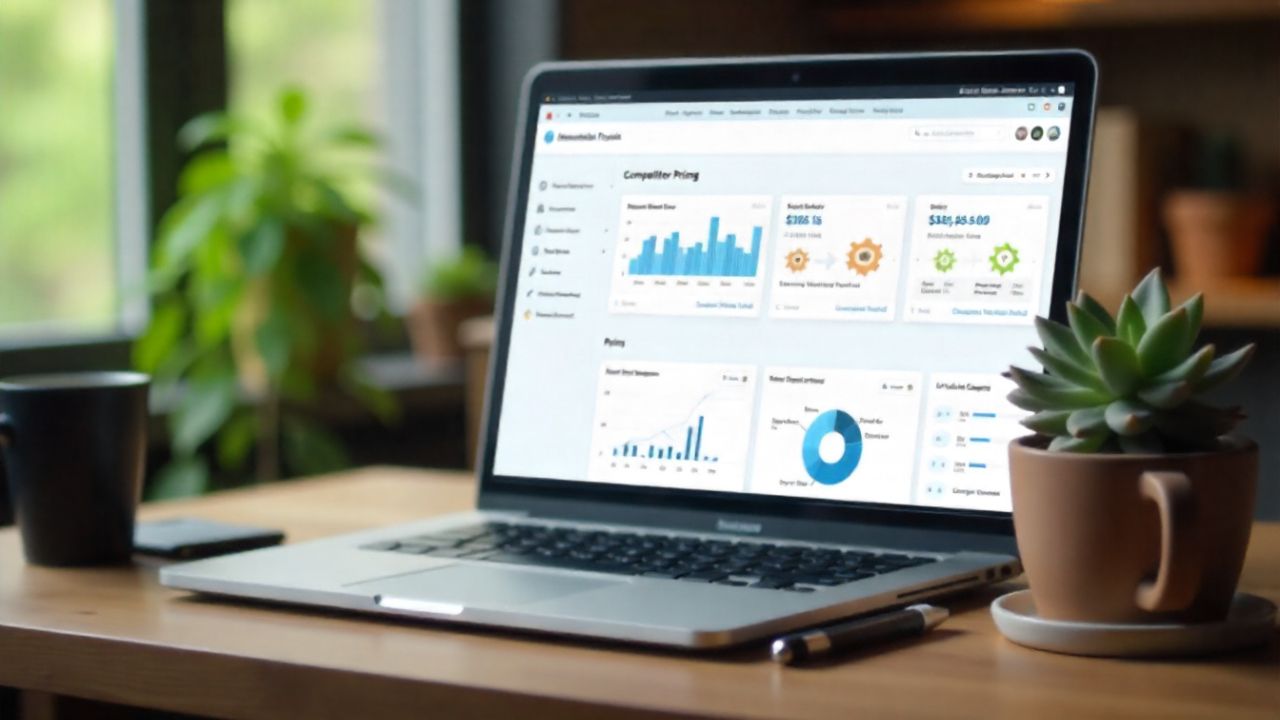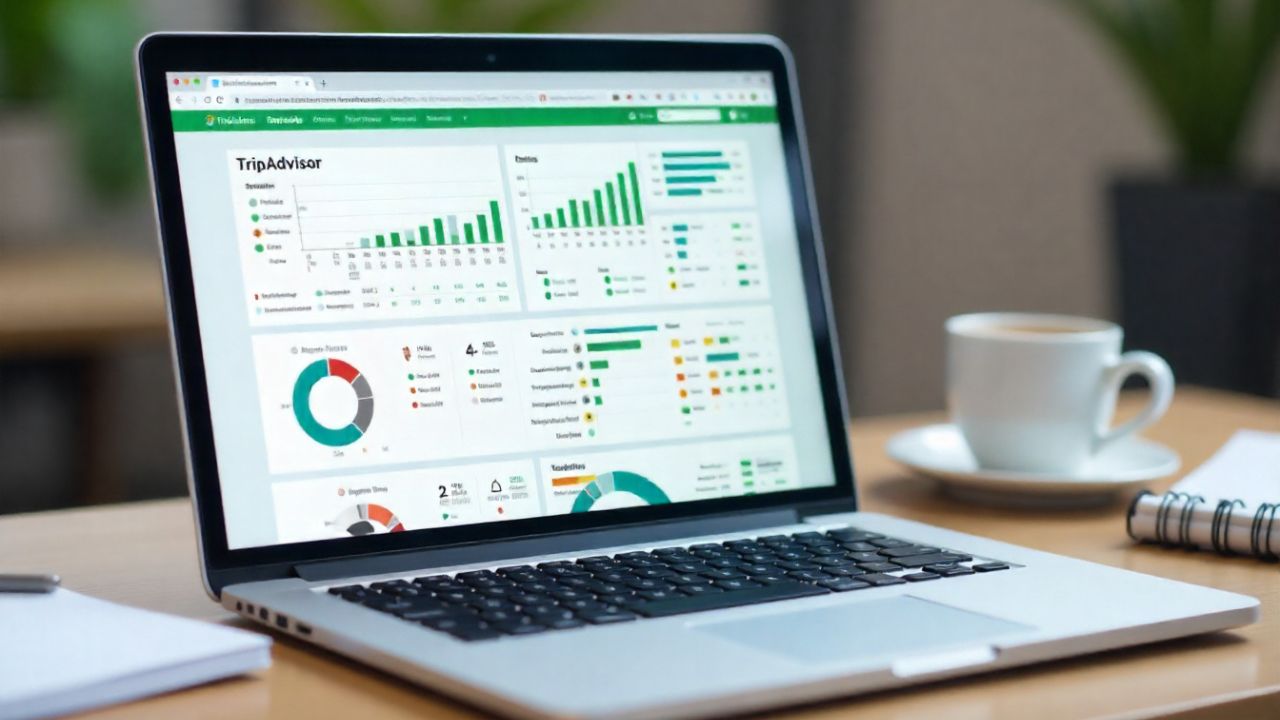Home < Blog < What Are Recipe Datasets and Why Are They Essential for Food Innovators?
What Are Recipe Datasets and Why Are They Essential for Food Innovators?
Posted on: November 03, 2025
Recipe datasets are organized collections of culinary data that include detailed information on ingredients, cooking methods, nutritional values, and preparation instructions. These datasets empower food innovators, developers, and researchers to harness AI and machine learning to deliver smarter, personalised food experiences. Businesses in food tech, nutrition, and culinary education can use these datasets to create tailored meal recommendations, healthier eating plans, and more efficient cooking tools.
Crawl Feeds offers powerful recipe datasets curated through meticulous web crawling and normalization. These datasets deliver high-quality, structured culinary data designed for sophisticated AI applications, making them crucial for transforming food innovation workflows.
How Do Recipe Datasets Power AI and Personalized Nutrition?
Recipe datasets fuel AI models that provide personalized nutrition and cooking recommendations by analyzing individual preferences, dietary restrictions, and cooking habits. This personalization improves user satisfaction and engagement in cooking apps and nutrition platforms.
Nutritional details embedded in these datasets allow applications to support calorie tracking and macronutrient balance, which are vital for health-conscious users. With growing interest in personal nutrition and wellness, recipe datasets enable the development of tools that adapt diets to specific health conditions or lifestyle goals.
What Features Make Crawl Feeds’ Recipe Datasets Stand Out?
Crawl Feeds’ recipe datasets come with comprehensive, structured fields that cover every aspect of a recipe. These features include:
- Ingredients with quantities and units, standardized for machine readability.
- Step-by-step cooking instructions formatted for consistent interpretation by AI.
- Detailed nutritional information for calorie and macronutrient tracking.
- Integration capabilities with voice assistants like Alexa and Google Assistant to enable hands-free cooking.
- Rich media support for training AI models on dish recognition, visual search, and food image classification.
- Ability to combine ingredient data with retail pricing APIs to provide cooking cost estimates.
- Synchronization with IoT kitchen devices, such as smart ovens and timer, to automate cooking.
These advanced features help developers build cutting-edge food tech solutions that meet modern consumer demands.
How Can Food Businesses Harness Recipe Datasets for Innovation?
Food businesses can leverage these datasets to enhance customer experience and drive operational efficiency. For example:
- Building AI-powered meal recommendation engines fine-tuned to dietary preferences and allergies.
- Developing personalized nutrition platforms that use detailed recipe nutrition data to craft tailored meal plans.
- Creating smart grocery shopping solutions that automatically generate and optimize shopping lists.
- Designing interactive culinary education tools, enabling chefs and learners to access structured, stepwise cooking lessons.
- Implementing cost estimation functions by integrating recipe ingredient data with live market prices.
- Automating cooking through syncing with IoT appliances, reducing manual intervention and improving consistency.
With recipe datasets as the foundation, food businesses can innovate across customer engagement, nutrition, cost management, and automation.
Why Is Structured Recipe Data Important for AI in Food Tech?
Structured recipe data accelerates AI development by providing clean, normalized datasets that reduce the burden of data preparation. High-quality datasets like those from Crawl Feeds improve model accuracy in:
- Recipe recommendation engines that adapt dynamically.
- Nutrition analysis tools offering precise macro and micronutrient counts.
- Visual recognition applications that identify dishes and ingredients from images.
Moreover, structured datasets ensure scalability, enabling integration across various platforms and devices. The detailed nature of the data supports training sophisticated models requiring nuanced understanding of ingredient interactions, cooking processes, and dietary constraints.
What Are the Leading Large-Scale Recipe Datasets Available Now?
Besides Crawl Feeds, several publicly available datasets have contributed significantly to research and applications in cooking AI:
- Recipe1M+ from MIT: Over 1 million recipes matched with 13 million food images, extensively used for cross-modal learning and recipe retrieval tasks.
- RecipeQA: Focuses on recipe reasoning, ingredient state changes, and includes image-supported recipes with annotations.
- Food.com Recipes and User Interactions: Contains 180K+ recipes and 700K+ user reviews spanning many years, valuable for user behavior analysis.
These datasets have advanced AI in food but often lack some of the commercial-ready normalization, filtering, and integration features Crawl Feeds provides, making Crawl Feeds’ datasets uniquely valuable for businesses.
How to Get Started with Crawl Feeds Recipe Datasets for Your Project?
To use Crawl Feeds’ recipe datasets effectively:
- Identify your application goals—recommendation, nutrition planning, automation, or culinary training.
- Utilize the structured data fields to customize filtering and search functions.
- Integrate nutritional data for personalised meal planning and health tracking.
- Leverage AI capabilities for user interactions like voice commands or image recognition.
- Combine the shopping list generation and cost estimation modules to improve convenience for users.
- Explore IoT synchronization for smart kitchen device integration.
By following these steps, developers and business owners can rapidly build sophisticated food tech solutions optimized for modern consumer needs.
Where to Learn More About AI and Food Tech Innovations?
For further expertise in AI and dataset integration, explore resources like:
- MIT’s Recipe1M+ dataset project Research papers on recipe understanding and cross-modal AI models (e.g., ArXiv)
- Data science platforms with recipe datasets such as Kaggle
- Nutrition science databases like the USDA’s FoodData Central
Combining the Crawl Feeds’ dataset with these advanced resources supports cutting-edge food technology development.
Why Choose Crawl Feeds for Recipe Datasets?
Crawl Feeds delivers robust, high-quality, and structured recipe datasets that enable forward-thinking food innovations. With rich data fields supporting personalization, nutritional insights, AI training, and kitchen automation, Crawl Feeds empowers developers and food businesses to launch smarter, more user-centric culinary solutions. Leveraging Crawl Feeds’ recipe datasets is a strategic advantage in the growing digital food economy.
Latest Posts
Find a right dataset that you are looking for from crawl feeds store.
Submit data request if not able to find right dataset.
Custom request




